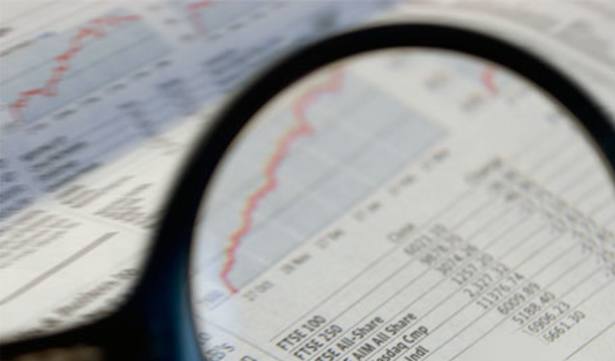Equities
Valuations still look reasonable compared with the low prospective rates of return offered by rival asset classes. On balance the global economic outlook is improving and hence dividends will continue to offer support. While it looks like markets will have to contend with a period of tighter monetary policy in the US and UK before long, further policy easing is on the cards in Europe and Japan, and possibly China too. Nevertheless, we do not believe all equity markets will fare equally well. Developed markets appear to offer the best value.
Property
UK property looks to be reasonably priced. But given the magnitude of the recovery seen over the past two years, we expect to see price growth moderate over the course of 2015.
Commodities
Commodities are likely to remain under pressure as they contend with moderating economic growth in China – the source of the boom in many commodity prices in recent years. On top of this, the diversification benefits of commodity investments are questionable when one considers that multi-asset funds can gain exposure to broadly the same drivers of returns – but at a reduced cost – by investing in emerging market equities and bonds.
Cash
We are only using cash for liquidity reasons; over any scenario, most asset classes will bet it comfortably. It only makes sense if you are worried about the return of your capital and not return on capital.
Steve Waddington
Multi-asset portfolio manager, Insight Investment
Bond yields
Returns from fixed income in 2015 will be influenced heavily by any change in expectations surrounding US Federal Reserve policy. The eventual tightening in US policy rates will put upward pressure on not only US but global bond yields as well. The spread between German bunds and treasuries is close to an historic wide, while eurozone peripheral spreads also appear less attractive. Valuations are most stretched in high yield, but we do not yet see bubble-like valuations that might prove a cause for concern.
Equities
The potential normalisation of interest rates, particularly in the US, presents a headwind to equity market performance. That said, we believe the biggest risk to growth assets is the possibility of a material deterioration in the economic outlook. Earnings multiples have begun to rerate and default expectations are very low, which implies a degree of vulnerability if growth disappoints. Anticipating developments in the European and emerging markets will therefore be particularly important over the next six months.
Property
We do not believe that real estate valuations are very attractive today. In our portfolio, we prefer to include real estate asset exposure by investing in infrastructure, including both social and core infrastructure such as rail and power, which typically offer a greater certainty of returns than real estate.






